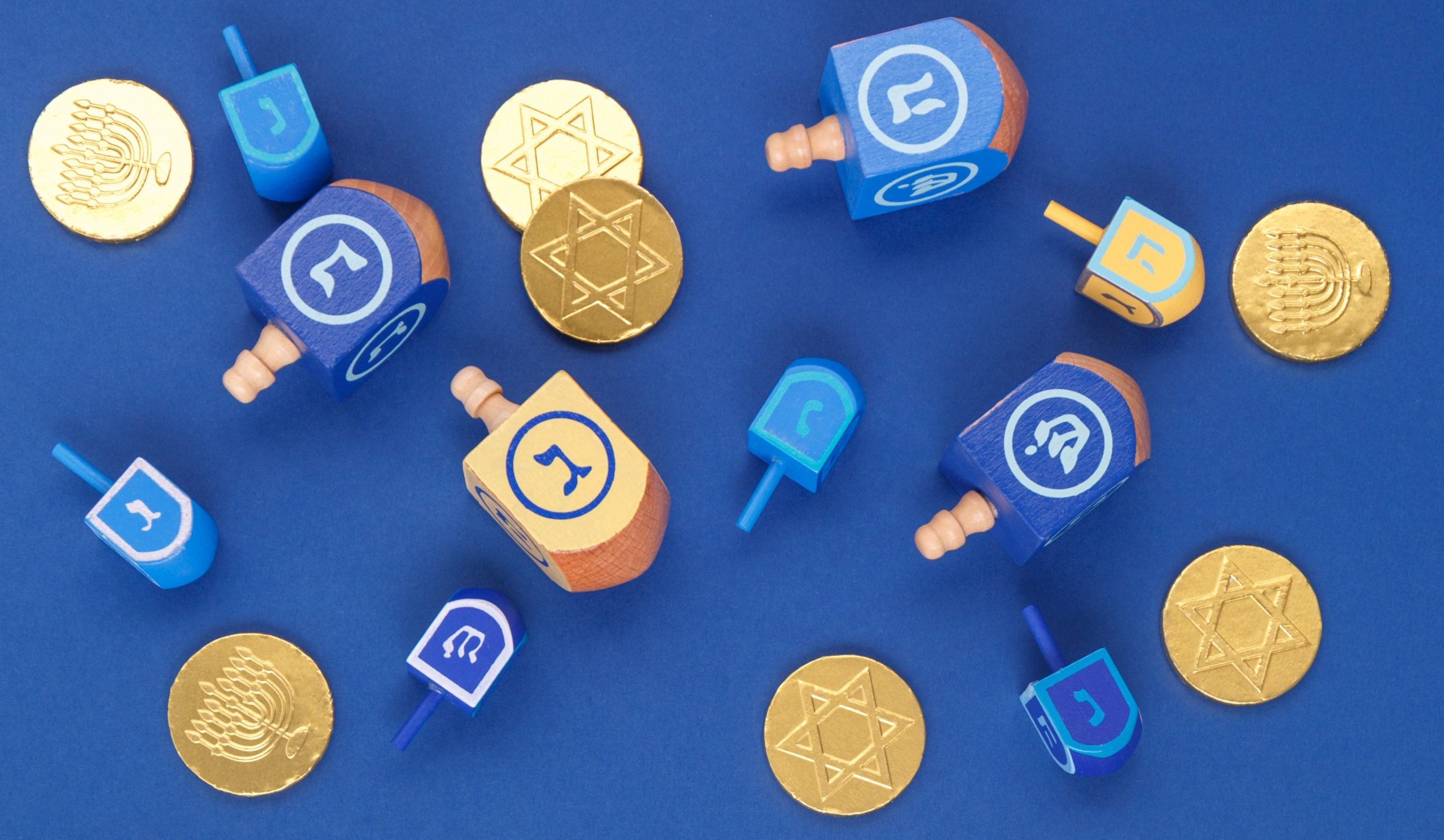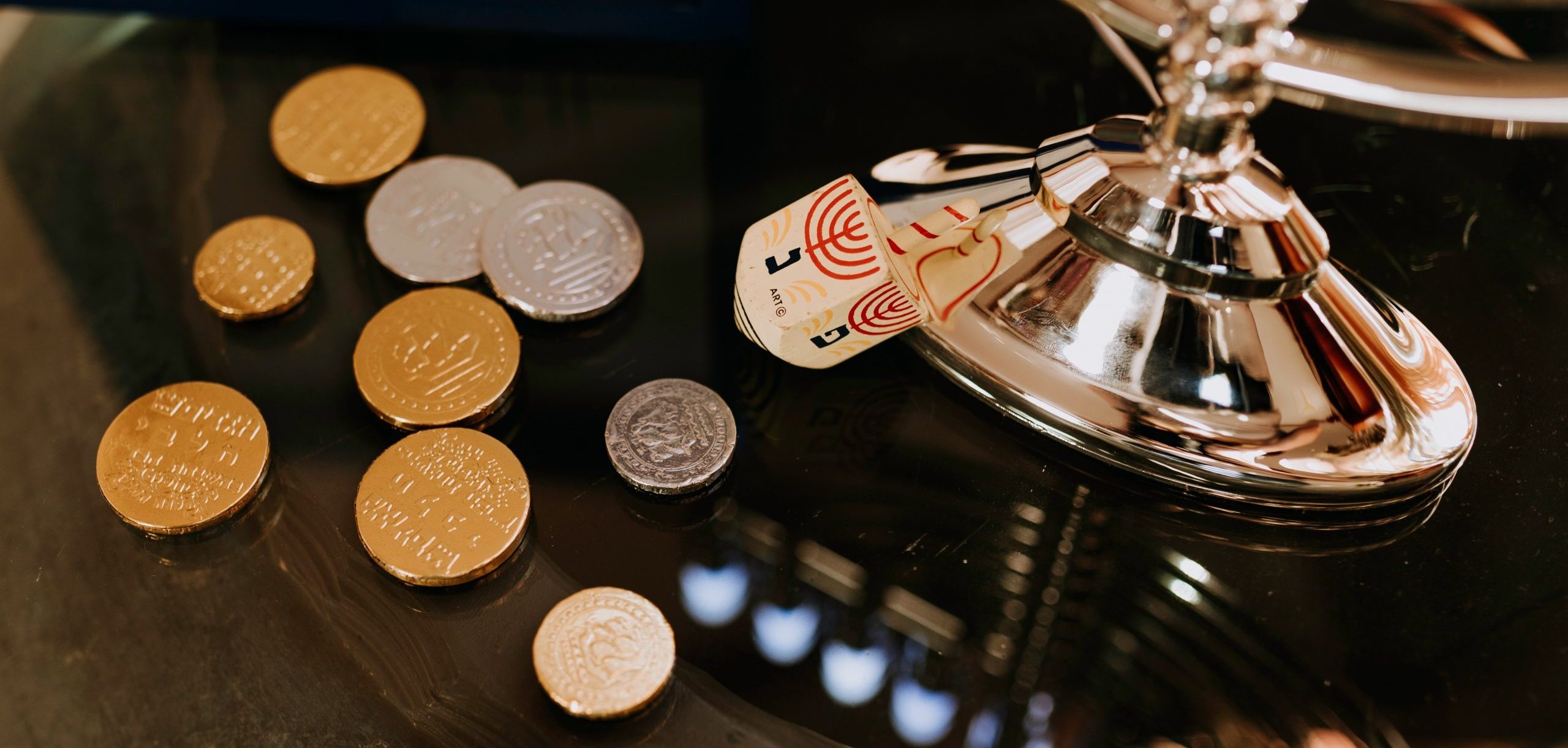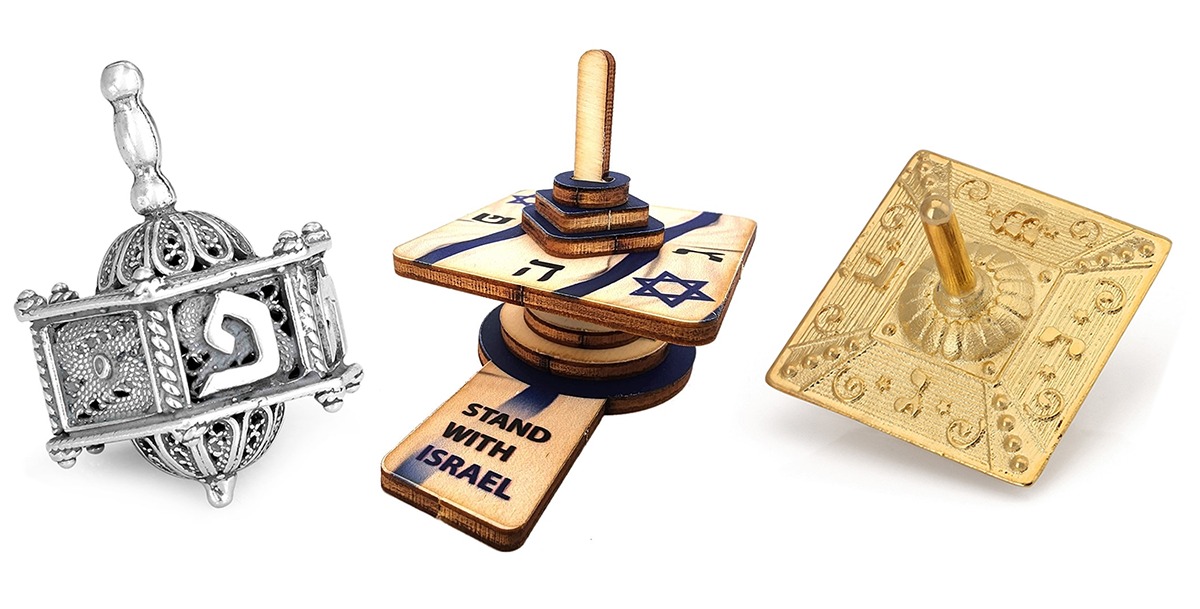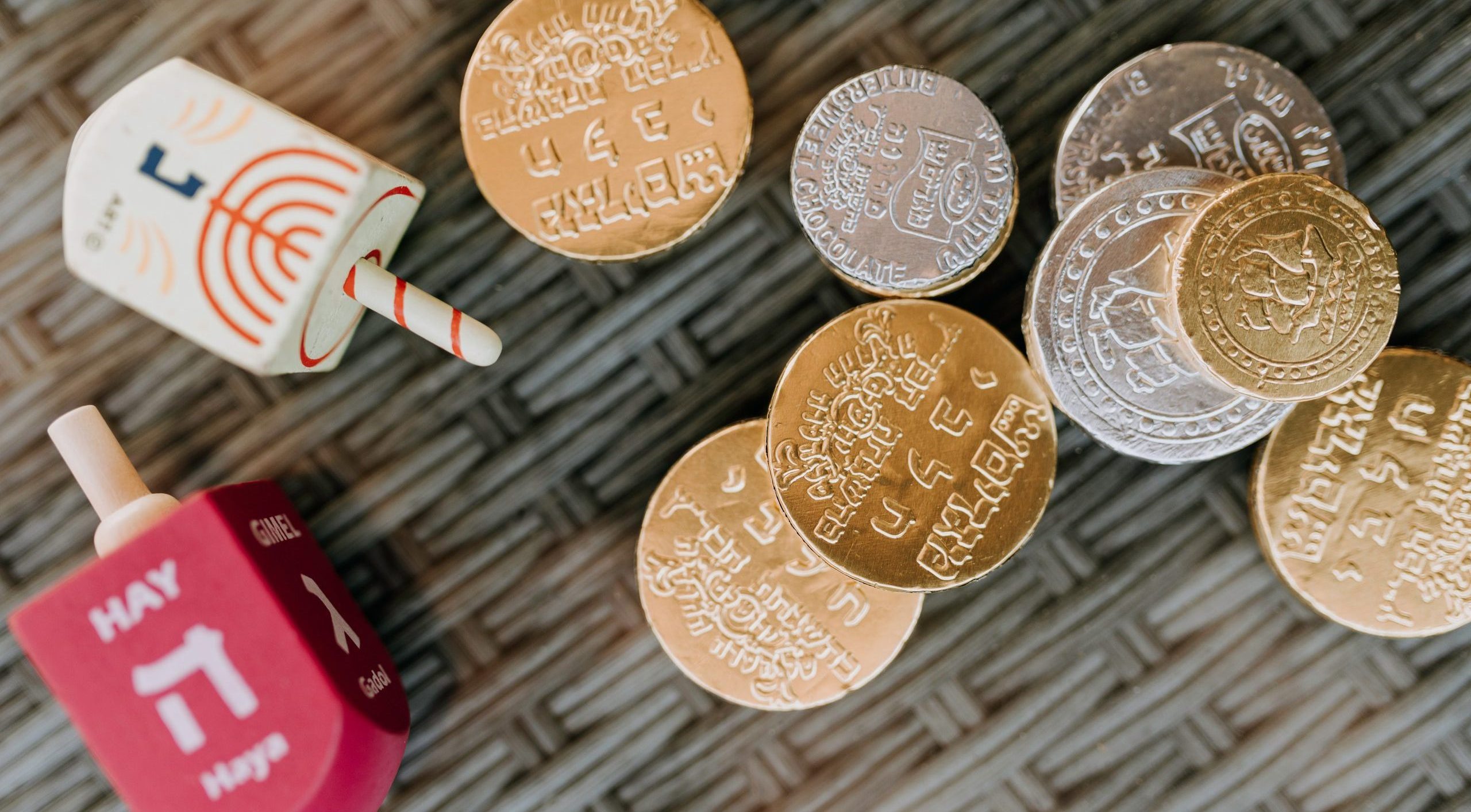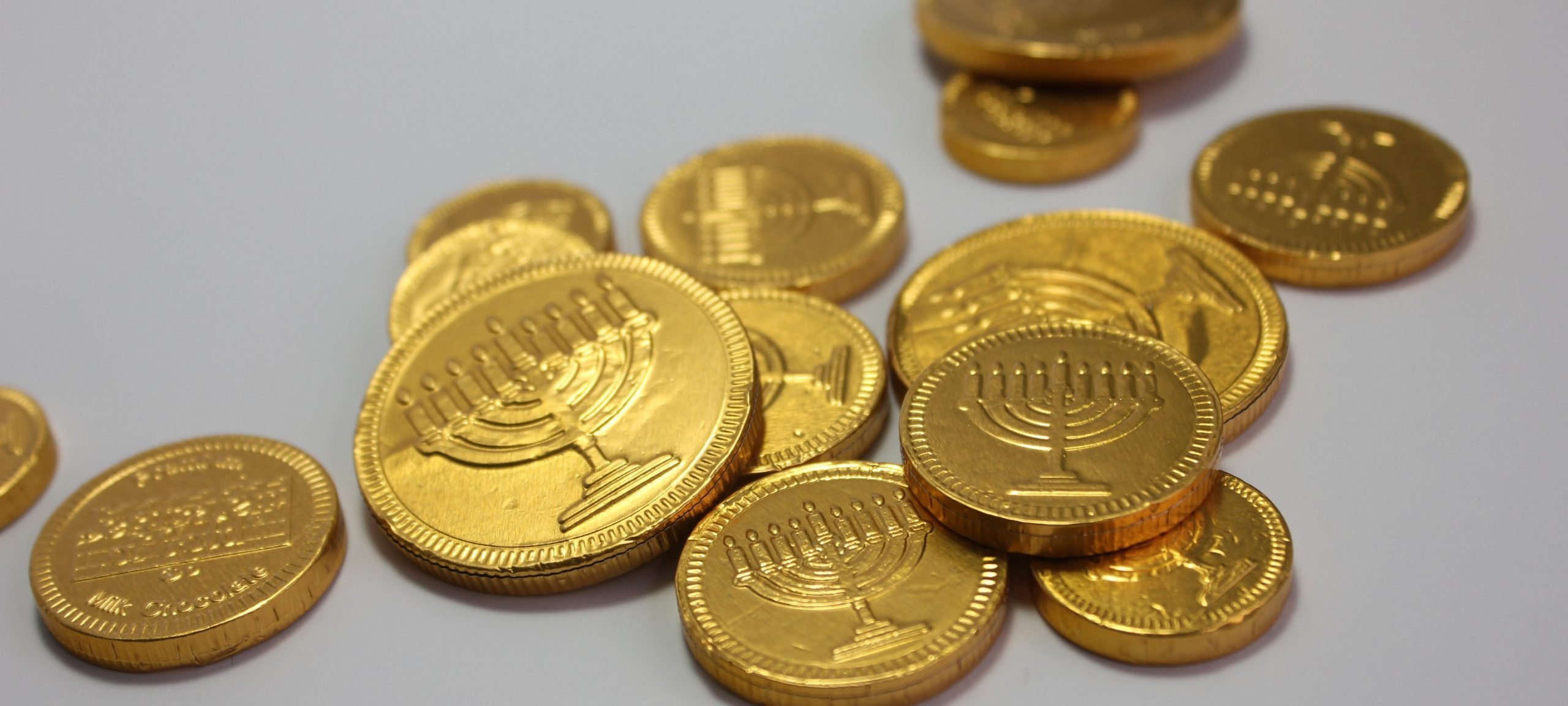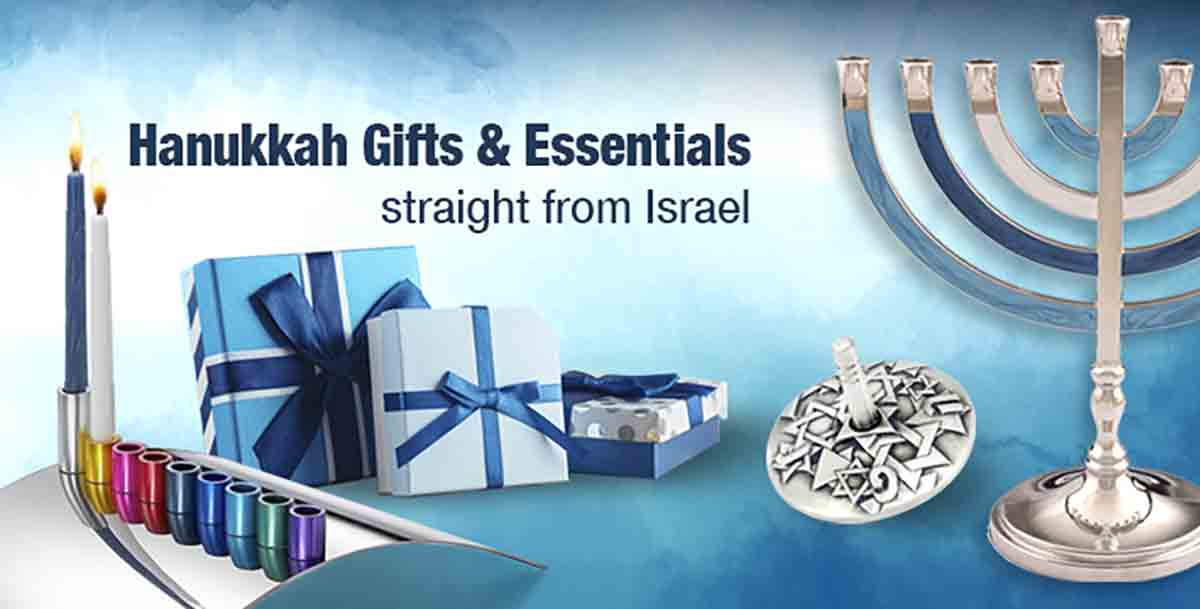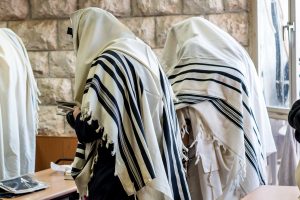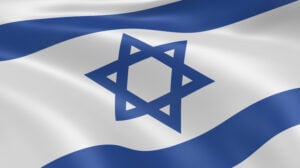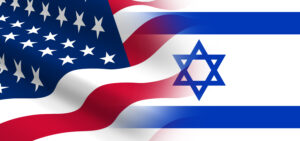According to Jewish legend, the tradition of dreidel goes all the way back to the origins of Hanukkah itself. When the Greeks invaded ancient Israel, they prohibited the practice of Judaism. Shabbat, brit milah (circumcision) and ritual slaughter were all outlawed, and teaching Torah was strictly forbidden. Passing on the Torah is one of Judaism’s most sacred traditions, and teachers and Rabbis refused to give it up.
Although all Jewish schools and public meeting places were officially closed, teachers resourcefully gathered their students into homes and quiet buildings so that they could keep learning. It is said that the Jews crafted spinning tops for themselves - the precursors of today's dreidels - so that when Greek officials conducted raids and inspections, students could hide their scrolls and instead seem utterly absorbed in a complex betting game involving spinning tops and complicated rules. This allowed their illicit studies to stay hidden.
After the Jews recovered their Temple and national identity, the spinning toys remained popular – partly in tribute to the role they played in maintaining Judaism, but mostly because they’re the original source of family fun. It has also been suggested by historians that the dreidel game became particularly popular among Jews in medieval Europe, as the Hanukkah answer to popular Christmas games of the time.
Whether you call it dreidel in Yiddish or sevivon in Hebrew, today whole families continue to gather around after lighting the Hanukkah menorah to indulge in this beloved spinning game together and pass on Jewish tradition!

